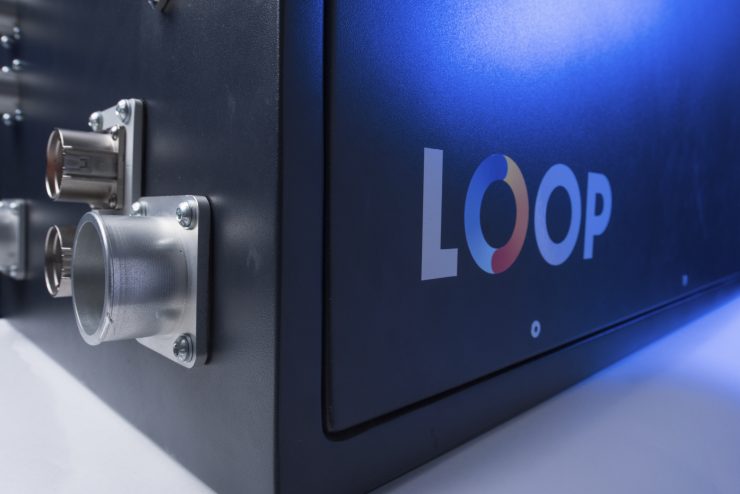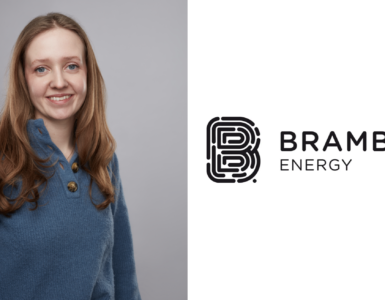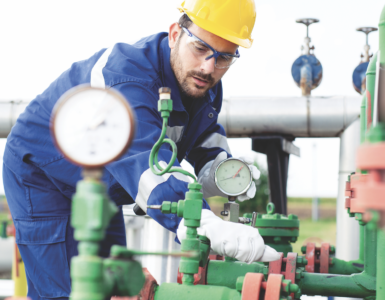Loop Energy shared in an exclusive interview with Hydrogen Central its latest updates on their expansion in Asia and we also discussed several of the key features of their fuel cell technology.
Q1: The hydrogen market is globally booming and in February this year Loop Energy completed an Initial Public Offering of $100,000,000. How would you summarize the situation over the past few months?
In recent months, Loop Energy has entered into multiple agreements and strategic partnerships with companies around the world, while receiving orders of its fuel cell modules and systems across North America, Asia and Europe. The deployment of a second phase of fuel cell electric buses in Nanjing, China has already amassed over 100,000 km thus far with stellar performance using Loop Energy’s fuel cell solutions. Meanwhile, the company is continuing to develop its next generation 120 kW single row stack for use in the 250 kW Class 8 and heavy duty truck markets, with the 250 kW fuel cell module available for customers in 2022.
Q2: How did Loop Energy step into the Asian market, particularly China?
🔥 What about we co-host a webinar? Let's educate, captivate, and convert the hydrogen economy!
Hydrogen Central is the global go-to online magazine for the hydrogen economy, we can help you host impactful webinars that become a global reference on your topic and are an evergreen source of leads. Click here to request more details
The Asian market, particularly China, consists of the world’s largest economies and largest markets, and there are significant initiatives and government strategies to decarbonize the transportation sector across the region. In addition to China, we have also seen a high level of interest from companies across different sectors in Korea, Australia and across the Asia-Pacific. Currently, construction is underway for Loop’s wholly-owned and operated subsidiary in Shanghai, which will localize manufacturing and assembly of proprietary fuel cell stacks to meet demand in China. There is an incredible market potential for hydrogen fuel cell adoption in Asia and Loop Energy is very interested in expanding our engagement in that market.
Q3: What makes your fuel cell technology a good fit for the transportation segment compared to battery buses, particularly in Asia?
We must consider the total cost of ownership, which includes costs to acquire and operate the buses, as well as its capability to transport a sufficient number of passengers and generate revenue per bus. This is where fuel cell technology delivers significant advantages. There are three major considerations here: the driving range of the bus, its passenger capacity, and refueling vs recharge time. Internal combustion engines perform well in each of these three categories, and so bus fleet operators will want zero emission vehicles that can match or exceed these requirements. In all three categories, fuel cell based buses provide a superior solution to battery-only buses.
In this case, vehicle range and passenger capacity are actually two sides of the same coin. One benefit of hydrogen is that it is incredibly light, while one disadvantage of batteries is that they are heavy. In battery buses, batteries can amount to multiple tons, resulting in much less passenger capacity in order to still meet weight and load limits. On the contrary, removing batteries for more passenger space would significantly reduce the distance they can drive on a single charge. Bus fleet operators realize this tradeoff means fuel cell vehicles are necessary for transitioning to zero emissions effectively, because they would not sacrifice the ridership for each bus that they would need to do with battery-only buses.
Refueling time is another benefit of the hydrogen fuel cell solution compared to battery buses. Refueling time for hydrogen is roughly comparable to refueling for an internal combustion engine vehicle. In contrast, a pure battery-electric bus would require hours to recharge. Fast recharging options exist but that can significantly shorten battery life, leading to more frequent battery replacements and thus a substantially higher lifetime cost. Unlike consumer vehicles which, for the most part, can use the existing electrical infrastructure, recharging fleets of buses will require substantial upgrades to the electrical grid. Both the cost and the time of such upgrades make battery buses a less than ideal solution compared to hydrogen fuel cell based vehicles.
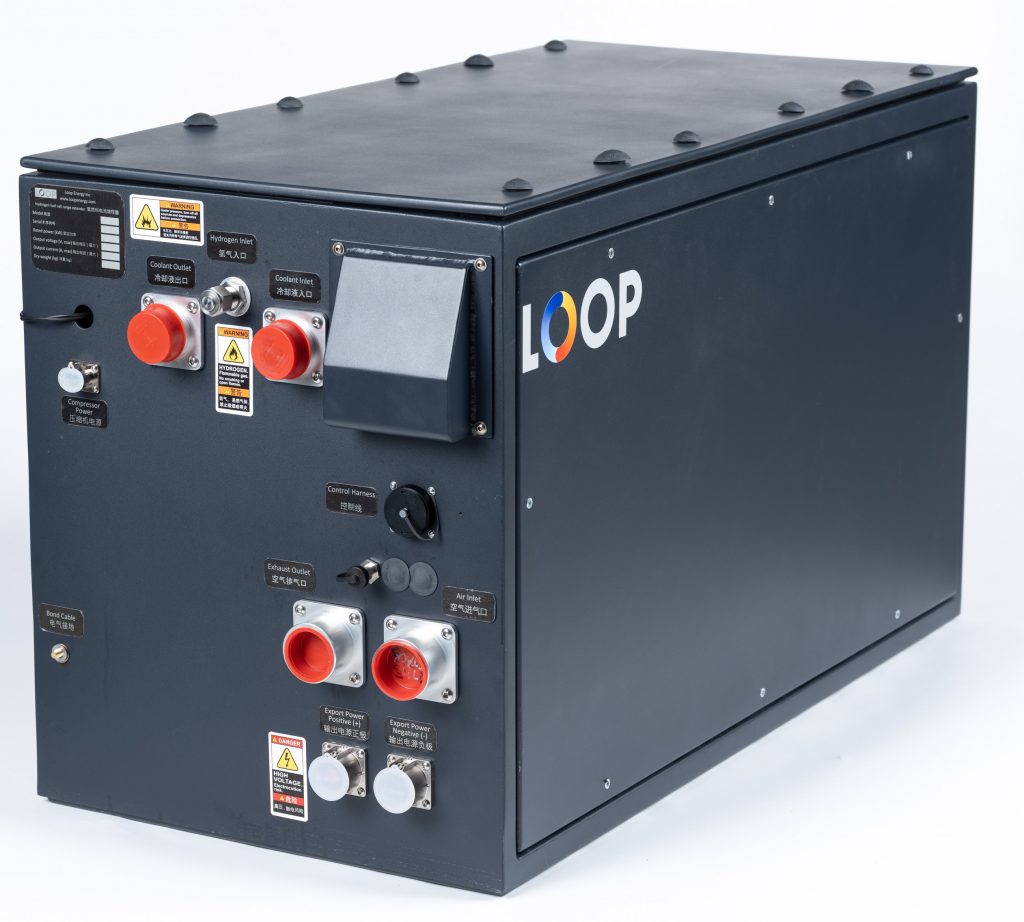
Q4: What kind of advantages does Loop Energy have over Asian fuel cell companies?
Loop Energy has a strong portfolio of patents that includes its proprietary eFlow™ powered fuel cell stacks, which are built with our proprietary patented design through our signature trapezoid plates. Compared to industry equivalent fuel cell solutions, our technology can deliver up to 16% better fuel consumption, up to 90% higher peak power, and up to 10 times better current density uniformity, which offers significantly higher reliability and durability. Not only does this create a significant reduction in total cost of ownership and an increased vehicle range, but it also allows you to meet peak performance requirements within a much smaller footprint, allowing you to increase productivity with either higher passenger or cargo capacity while staying within axle road limits, and thus a better cost-benefit ratio for your fuel cell systems.
Q5: Is it possible to integrate your fuel cell systems into existing vehicles? If so, what are the main challenges to overcome?
For existing vehicles, it is often a challenge to work within an existing framework, which includes limitations in the space, dimensions and weight of the fuel cell systems to be integrated. This is where Loop Energy can deliver a benefit with our fuel cell systems. Powered by our eFlowTM stacks, Loop Energy’s solutions are significantly smaller in size, while also being much lighter, to deliver the same output required when considered against other comparable options on the market. Loop Energy is able to meet the performance needs of OEMs with significantly less challenges when integrating hydrogen fuel cell technology with existing vehicles.
Q6: What would be a good prediction about the addressable market for conversion of medium- and heavy-duty vehicles to hydrogen?
Demand for fuel cell powered medium and heavy duty vehicles are expected to increase dramatically. We currently see a total addressable market in light-medium trucks reaching $27 Billion USD by 2030, $4 Billion in heavy trucks, $2.3 Billion in buses, as well as sizable opportunities in a number of other applications including materials handling, mining, stationary, rail and other.
Q7: Where do we find vehicles already powered by your fuel cell systems?
Primarily in Asia, Europe and North America. A great example of this is the Skywell hydrogen electric bus fleet that is currently operational in Nanjing, China within the Lishui Economic Zone.
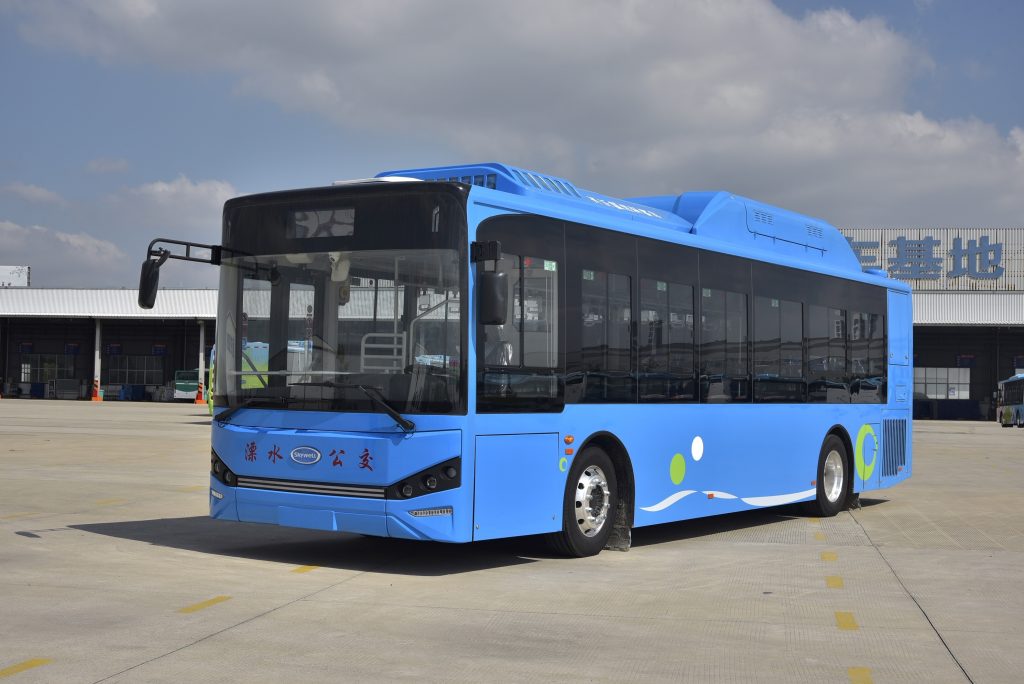
Q8: Could you provide an overview of the values of nominal peak power production of your fuel cell stacks?
We currently offer two primary solutions, one for light and medium duty which range between 15 to 60 kW, and the other targeted for heavy duty, which offers solutions in the 100 to 300 kW range.
Q9: Could you provide an overview of the degradation of your fuel cell stacks?
The design of Loop Energy’s eFlowTM fuel cell bipolar plates is extraordinary in that it delivers up to 10 times better current density uniformity compared to industry equivalent options. With an even heat distribution and current density non-uniformities within 5%, this significantly reduces uneven or localized degradation issues. Ultimately, this means lower service and maintenance costs for customers when they choose Loop Energy.
Q10: Do your systems include batteries or other types of power storage?
Batteries and other types of power storage are not part of the design of our systems. However, Loop Energy’s fuel cell systems seamlessly integrate with battery systems in general.
Q11: What type of certifications are available on your fuel cell systems?
Loop Energy’s products are built to compliance in our major markets including the EU, China and North America.
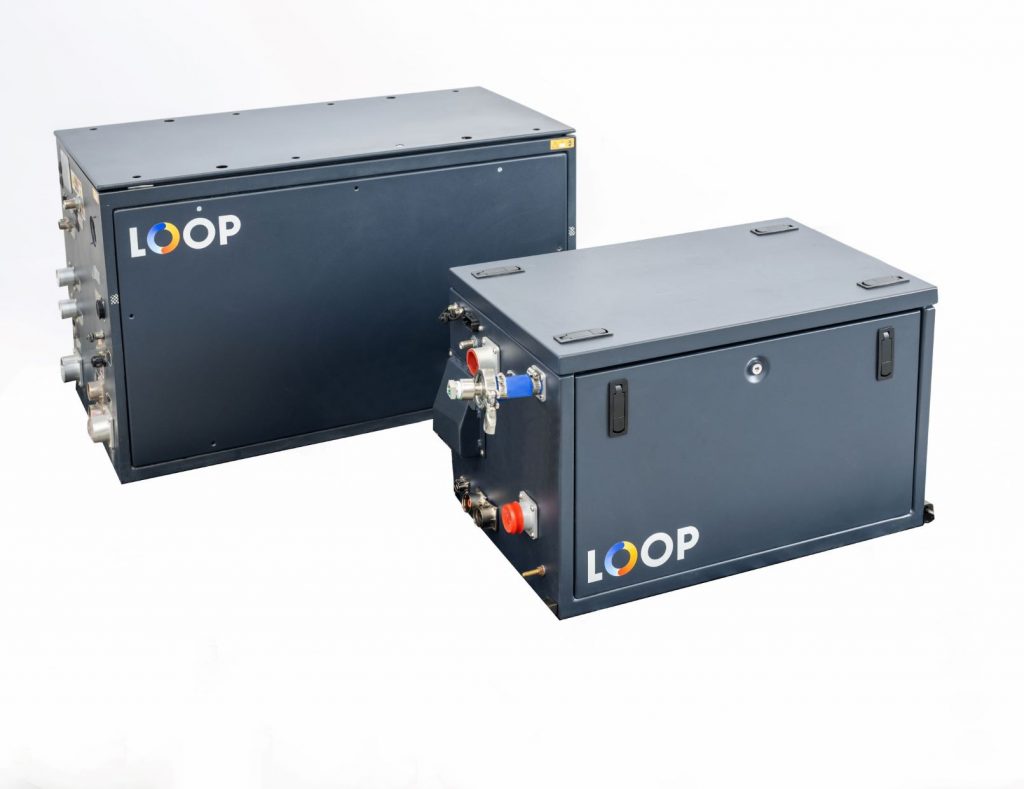
This interview took place with Ethan Hugh – Marketing Director of Loop Energy, Dr. Julio C. Garcia-Navarro and the Hydrogen Central Editorial Team.
If you want to get in touch with Loop Energy, reach out to solutions@loopenergy.com
READ the latest news shaping the hydrogen market at Hydrogen Central
Copyright © Hydrogen Central. All Rights Reserved.

